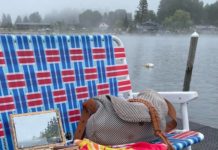
There’s a mental freedom we associate with painting outdoors, but that lightness can easily be juxtaposed with the physical weight of one’s plein air painting gear.
When PleinAir Live attendee Susan Hunter Guise was packing for her next outing, she discovered that her gear weighed about 26 pounds. Her pack included: pochade and Benro tripod (9 lbs.), backpack with tool carrier, brushes, miscellaneous tools, extra oil paint, and solvent (8 lbs.), homemade panel carrier (3.8 lbs.), folding chair (5 lbs.), and a Mijello palette (.8 lbs). “Everything but the pochade box, palette, and tripod goes on my back or over my shoulder,” she said.
Susan and I asked the group* members about how much their gear weighed, and here’s what some of them had to say:
“My Guerrilla oil box, light tripod, and everything else was 13 pounds when we went to Cuba,” said Kath Schifano. “I only bring half-full tubes outdoors. I just bought the Plein Air Pro and loaded it with my ‘heavy’ pastels, 15 pounds with my chair. Since the new tripod and chair added more weight, the new box saves weight.”
“I keep mine as light as possible,” said Shirley Heusel. “I don’t carry a stool or chair anymore. I take a Z-fold camping mat instead, and watercolors or oils; I carry an easel only for short hikes. I use a watercolor board to hold my paper or canvas if I am sitting. I also carry a walking pole. The mat allows me to fold it for comfort.”
“I really only need my pochade box, with my paint palette, a canvas panel, and a palette knife inside,” said Katy Smith. “I can toss this in my purse and carry it anywhere with me. It weighs 3 pounds. If I take my whole setup with a pochade box, tripod, extra tubes of paint, an umbrella, several canvas panels and a wet panel carrier, then it weighs in at 14 lbs. A chair to sit in for painting breaks adds another 3.2 pounds, but I rarely bring the chair anymore.”
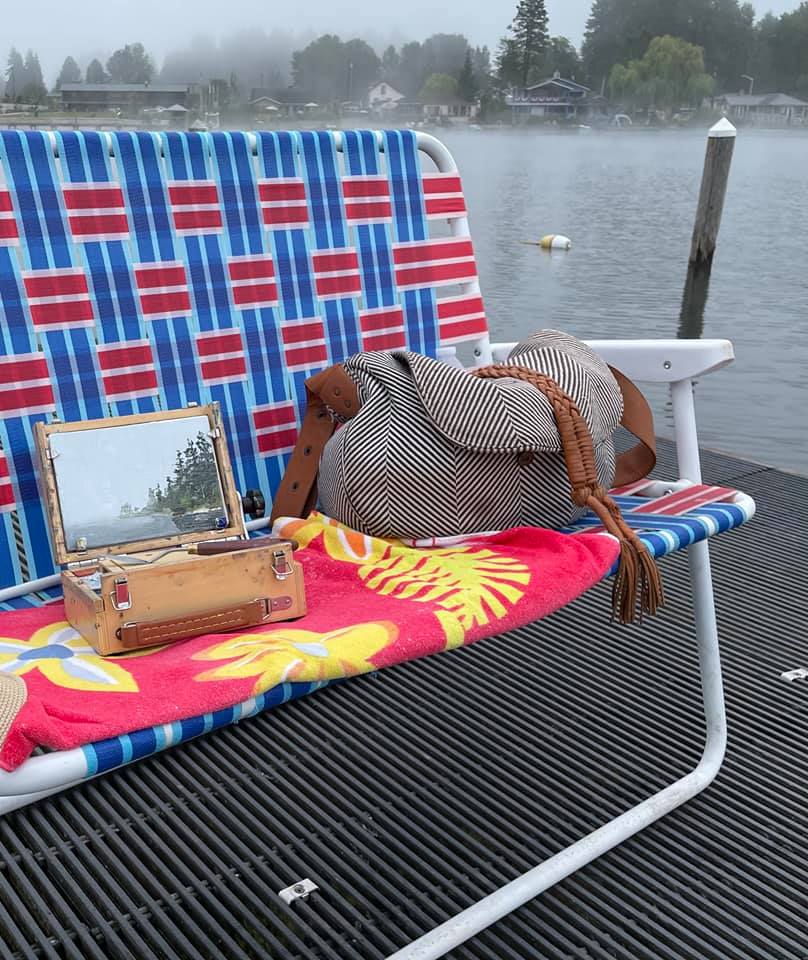
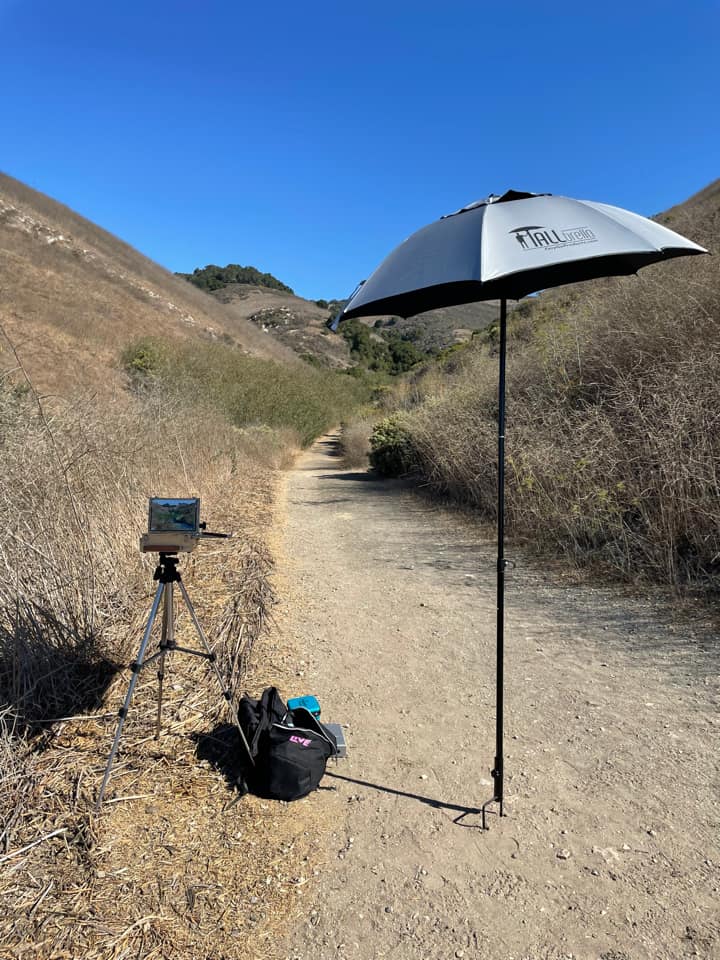
Cindy Compert said she used to carry a giant backpack for painting outdoors, but is much happier with her smaller setup. “My entire kit fits in a laptop case and probably weighs 10-15 pounds,” she said. “We travel and camp in our Jeep for weeks at a time, so everything has to be small. I can find everything easily and be painting within minutes.”
What’s in Cindy’s kit? “Twelve tubes of oil paint plus medium (sits inside a zippered bag from a set of sheets), small Holbein brush washer, ProChade brush holder with six assorted brushes (not shown), palette knife, scraper, and ruler, Raymar 8 x 10-inch wet panel carrier (holds 6 panels), Sirui carbon fiber tripod, Artwork Essentials Kevin Macpherson Prochade signed by the master himself (sometimes I use my EdgePro, but it weighs more), two palette extensions from the EdgePro that also fit the ProChade, and blue shop towels. It has taken me years to whittle it down and I think I’ve finally got it, but I still might remove a few more tubes of paint.”
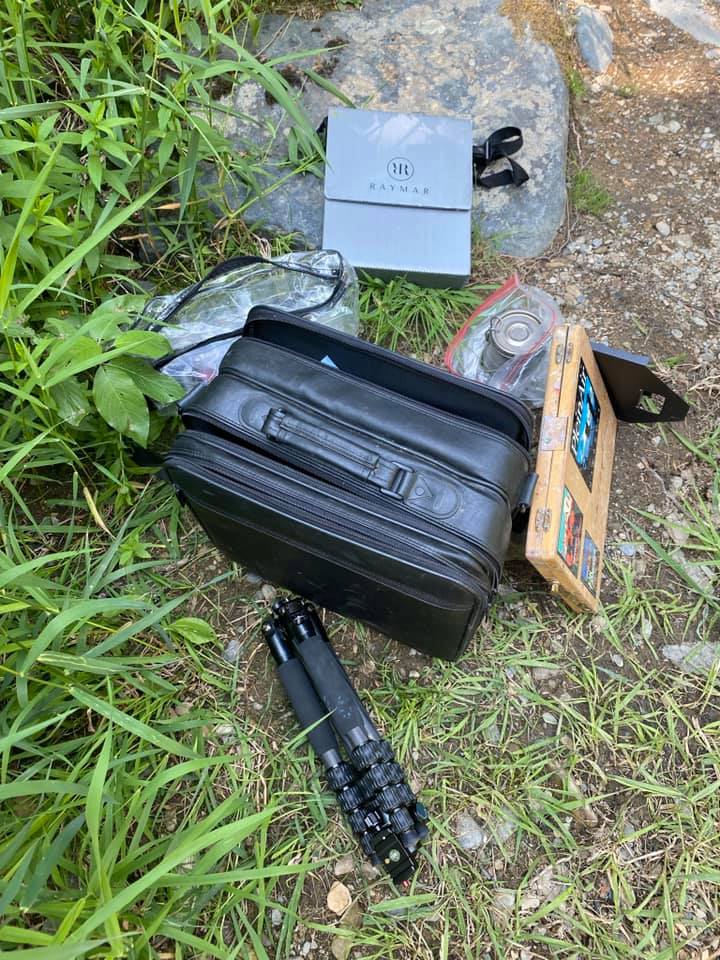
“I use an old fishing rucksack made by Wychwood,” said Peter McLeod. “The packs are heavy duty, durable, and are popular with UK anglers who roam river banks and lakes stalking fish. The rucksacks can take a lot of kit — perhaps too much! Mine is a little heavy; I pack my oils in a sketching box by Mabel, and I also pack an Open M box, brushes, spare solvent, rags, and I must not forget Eric Rhoads’ Easel Brush Clip and ValuSpecs! I carry my panels and camera tripod over the shoulder, and I have a Swedish tripod Walkstool — immensely strong, but lightweight.”
Peter continues, “I can walk a fair distance comfortably with this kit. If I wanted to save significant weight, I also have a much smaller vintage sketch box I can use. The advantage of using either sketching box is that they organize my paints, medium, dippers, and palette knives so I can easily find them when I am out in the field, and they also ensure nothing is forgotten for my trips.”
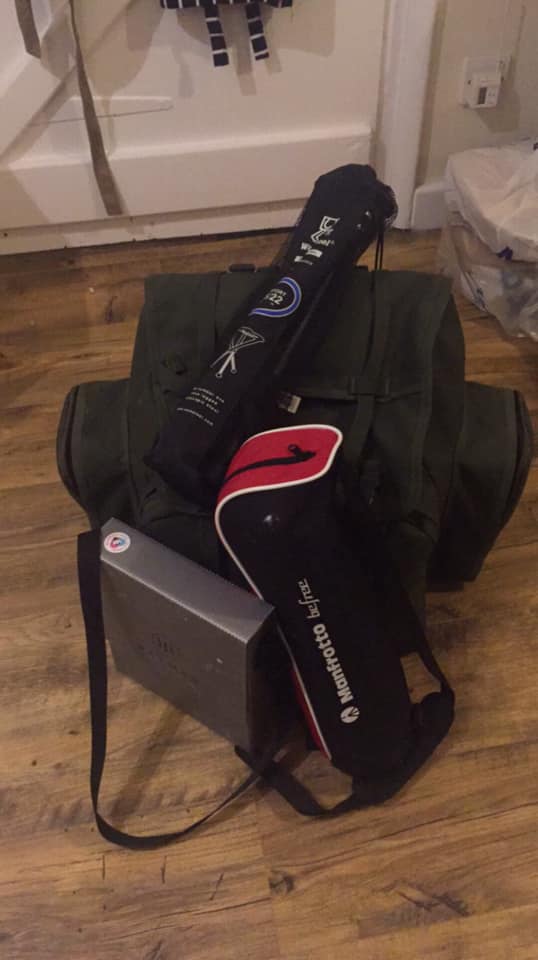
*Did you know? PleinAir Live attendees are invited to join a private Facebook group to continue the camaraderie and networking from our unparalleled live events, including Watercolor Live and Pastel Live!
Additional Thoughts on Packing for Plein Air Painting:
At OutdoorPainter.com, Aaron Schuerr said his overall goal was to carry as little weight as possible when he hiked in the Grand Canyon in 2015. In terms of art materials, Schuerr modified a Strada easel, which is already lightweight aluminum, so he could paint with pastels on his trek. A pastelist would like to have hundreds of colors at his or her disposal, but plein air pastel painting does not allow that, and backpacking makes paring down sticks even more crucial. “As I can’t bring every color under the sun, I had to choose colors carefully. I also break the pastels in half so that I can bring the maximum number of colors.”
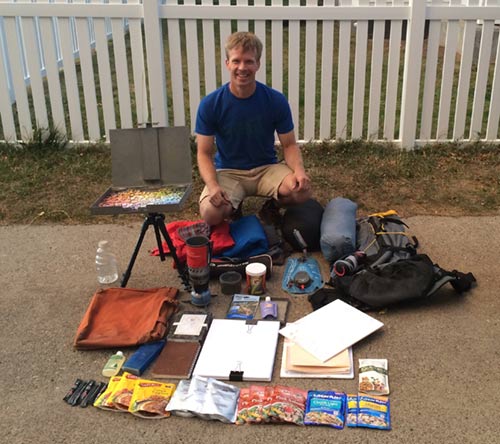
“In general, my painting kit weighs about 2 3/4 pounds if I don’t count the water in the bottles (one for drinking, one for painting),” said Gary Geraths in an earlier OutdoorPainter.com article, “Packing and Plein Air.” “In the photo, you can see my general setup placed on a red survival tarp. I cut down the ends of the brushes (about 8 in total, larger combo chisels and rounds — one with a fine pointed tip for those pesky thin branches). I use a Winsor & Newton watercolor kit and took the pans out, replacing them with custom gouache colors and another small 10-color kit. I also purchased heavy-duty cloth water bowls for dogs. They’re very cheap and easy to find.”
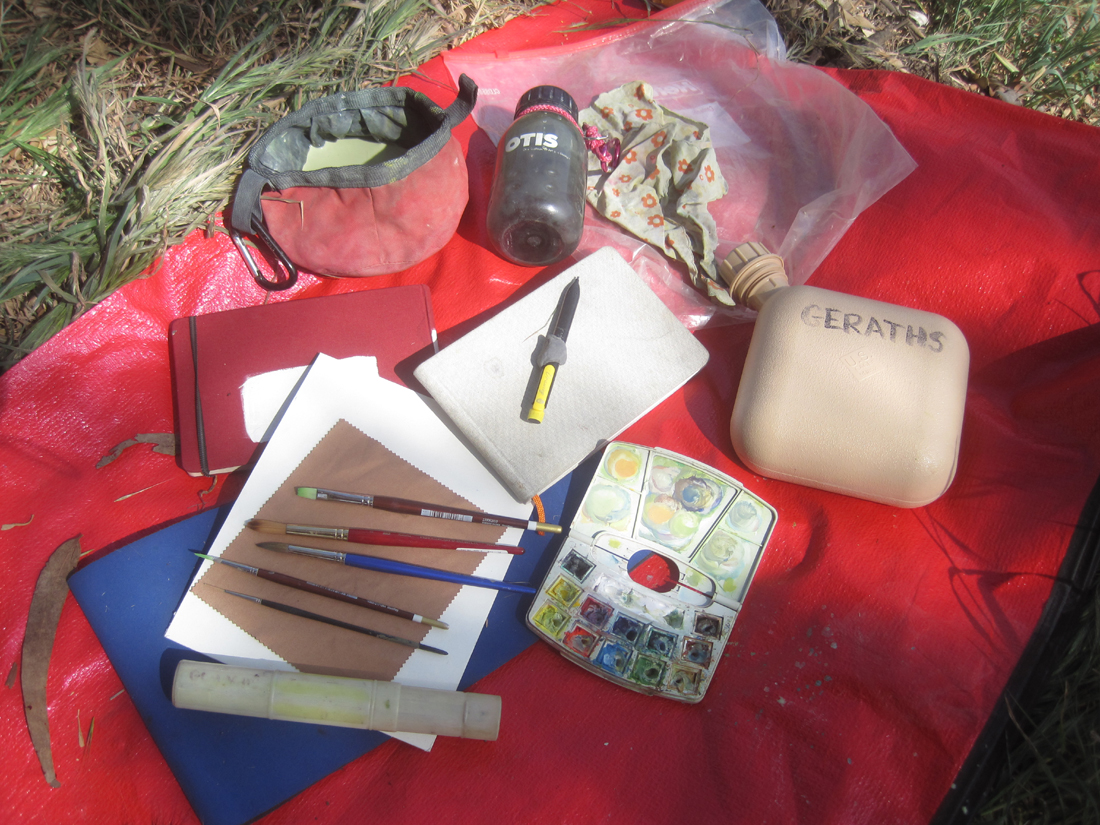
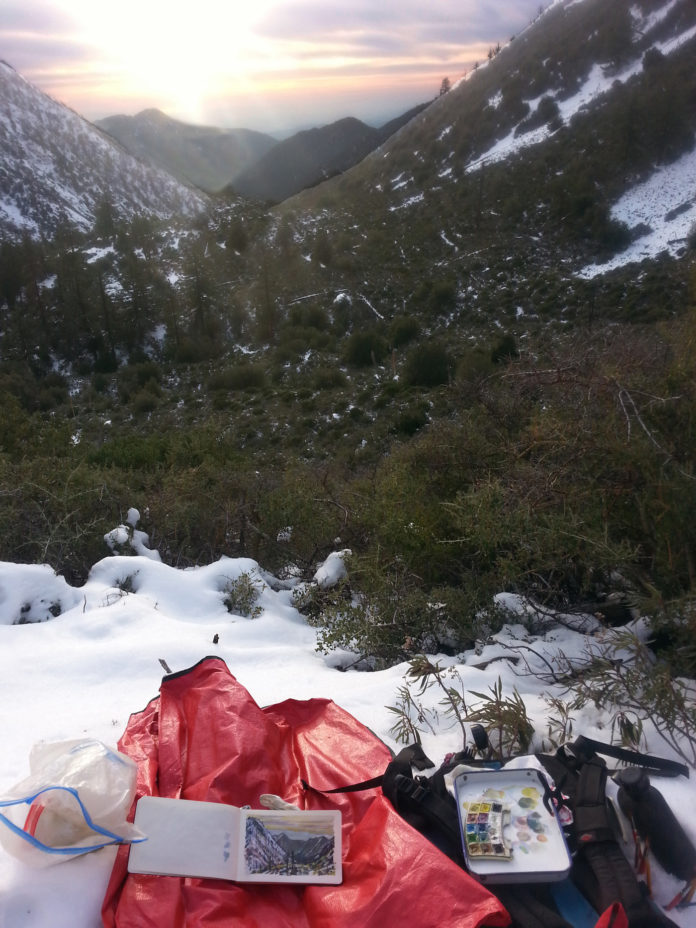
How much does your gear weigh? Snap a photo and share your answer with us on Instagram when you use the following tags: @pleinairmag #pleinairtoday #pleinairmagazine #paintingoutdoors #paintingoutside #outdoorpainter
Join us for Watercolor Live (January 2022), PleinAir Live (March 2022), or the Plein Air Convention & Expo (May 2022), where you’ll get even more advice from expert artists!

